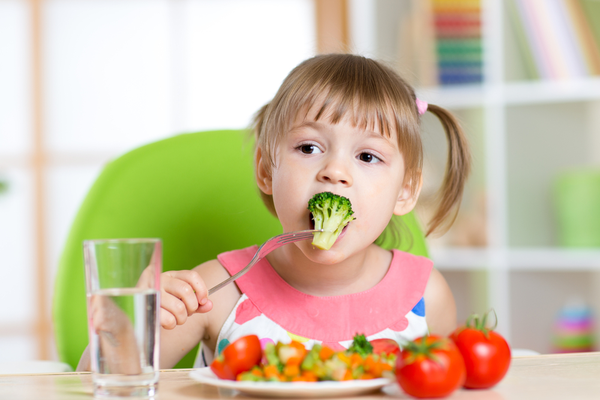Separation anxiety is a normal part of development for children and while it doesn’t affect all children, it is pretty common. So if you are working in childcare jobs it is likely that you will come across varying degrees of separation anxiety in children as young as babies through to primary school age.
It’s important to note that with the right strategies, getting through stages of separation anxiety in children and helping families to achieve relatively stress-free drop offs can be achieved. We have compiled seven strategies that can help.
If you are worried about a child’s separation anxiety, begin by speaking to the child’s parents to share ideas and work together to come up with a plan of attack. Check out our effective separation anxiety strategies below.

Easing separation anxiety in children
1. Forecast what’s coming next
Transitions are often challenging for children. Heading inside after playing outdoors, packing up the toys for lunch… Preparing children for what’s coming next is useful in many situations, and is certainly effective to ease separation anxiety. Get parents involved too and talk children through what’s going to happen, from walking in the doors to hanging their bag and then giving mum or dad a kiss, cuddle and wave.
2. Practice your goodbyes
An extension on the previous tip, doing a rehearsal can be a clever way of helping children practice for the real drop off. Encouraging parents to try this at home before arriving at the child care centre or kindergarten can really help.
3. Create a routine
Ideally on the days when children are coming to child care or kindergarten, there will be a sense of familiarity that begins first thing in the morning. This can be encouraged in families. You can be consistent as a child care professional too. For example, by showing a child to a favourite activity when they arrive each time or reading a quick story before you leave.
4. Parents should always say goodbye
It can be distressing for parents to see their children upset and, in some instances, they may try to sneak out while the child is distracted. This is not a long-term fix and once the child does realise they may be even more upset. A ‘goodbye and see you soon’ is always recommended.
5. Don’t drag it out
While we do recommend that parents say goodbye, they also shouldn’t drag it out. ‘One more hug’ often ends up as ten more hugs and can prolong the farewell process instead of enabling children to move on with their day.
6. Leave a special token
A comforter is commonly used to help children feel safe and can be used to support a child experiencing separation anxiety. This transitional object should be small, safe and simple. An object to go in the child’s pocket or bag, or even to wear such as a badge can work.
7. Encourage a mindful reunion
When parents collect their children, encourage them to reunite in a way that is comforting and reassuring to the child. A hug and some time to find out about each other’s day is a wonderful addition to any pick-up routine.
Patience and communication to resolve separation anxiety
While it may seem to resolve, don’t be surprised if you haven’t seen the last of separation anxiety in children. It can pop up again during times of stress, illness or changes like moving house or a new routine.
If your strategies don’t prove successful after a period of time, you might like to try something new or suggest that the parents consider a psychology professional to help guide them through this stage of development.
At Practical Outcomes, our trainers are experience in teaching new learners and current educators who are upskilling how to build resilience in children.


